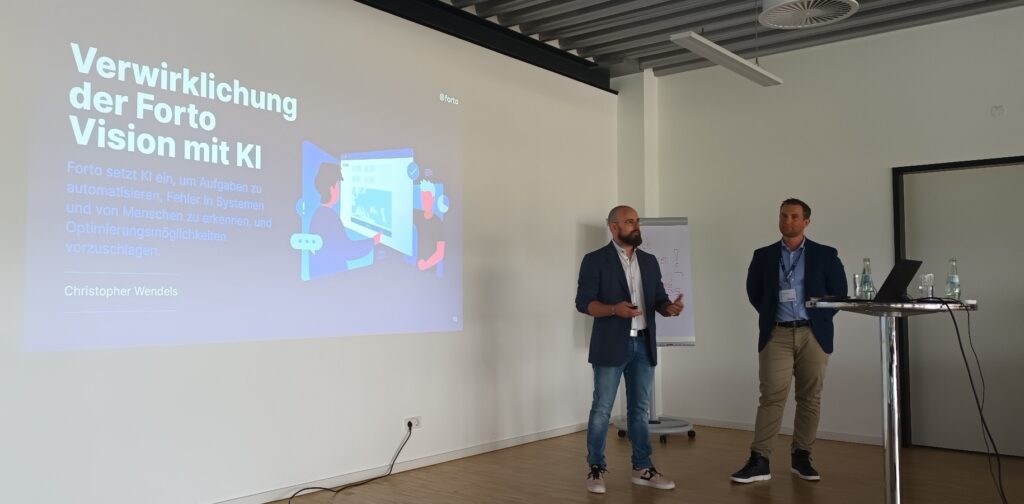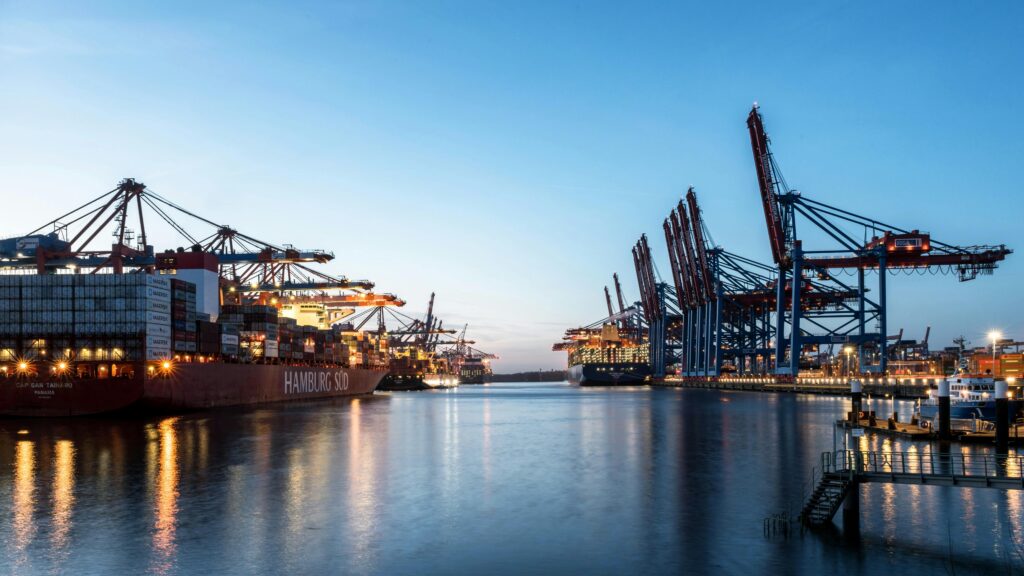The continued popularity of e-commerce as consumers’ preferred method of shopping has set the world on fire. The prevalence of e-commerce is growing in congruence with the percentage of people in the world with access to the Internet and smart devices, and the phenomenon shows no signs of slowing down. International e-commerce sales are expected to more than double by 2021 from 2016, creating heightened demand from shippers for transportation and logistics services on and international level.
However, there is a dichotomy emerging with the prevalence of e-commerce and traditional forwarding methods. One main problem is a lack of emphasis on customer-care – the customer, here, being the merchants and shippers.
Carsten Schmelting is the latest addition to FreightHub’s team, joining us as the new Head of Logistics from retailer Tom Tailor. In his new role at FH, Schmelting is transitioning from being the shipper to caring for the shipper. With digitalization redefining customers’ expectations from forwarding services, Schmelting’s first-hand experience on the other side of the supply chain furthers FreightHub’s focus in customer care. To find out Schmelting’s opinions on the current state and future outlook of the industry, read on.
Why did you join FH?
I looked for a digital, agile company with a future-oriented business approach that would give me a new challenge. After my first talks with upper management, I was immediately convinced that I had found the right company.
Keeping your “shipper” hat on, from that perspective, what industry/supply chain problems FreightHub can solve?
FreightHub provides a platform for data on all critical and required milestones along the supply chain, while, at the same time, integrating process management. I appreciate the company’s utilization of API development, which we see as an upgrade to electronic data interchange. There have been electronic solutions since the 1970s, but API messages allow communication between parties in milliseconds.
Employing a customer-oriented approach was central in designing FreightHub’s application. Helping shippers find ways to tighten up inefficiencies, like time management with API development, is an example of how digitalization and better customer experience go hand-in-hand.
What other challenges do you expect in the supply chain that digitalization of freight can solve in 10 years?
There are a few key areas. The improved transparency will mean that occasional distrust between cooperating parties that we associate with traditional forwarding will be reduced. We’re talking about predictability and freight capacity – traditionally, there has been a wall between shippers and forwarders that conceals true availability of shipping capacity that is eliminated with digital forwarding. There are definitely going to be challenges associated with that. Any time there is a shift in dynamics in industry roles, there is a re-settling period. We will also see shippers improving inefficient invoicing and controlling practices with the help of digital tools, and an overarching improvement in process optimization.
You spent years becoming an expert on inventory-based supply chains at Tom Tailor. How will your in-depth knowledge on transporting inventory and inventory management principles play into your role at FreightHub?
One key success factor of all companies is the optimization of their inventory. FreightHub’s objective is to digitally control — plan, manage, monitor — the flow of goods along the complete supply chain of our global customers. One of my roles is to translate the services and abilities that shippers need into requirements for our supply chain management (SCM) platform and logistics execution capabilities.
How is inventory management evolving in the push toward digitalization in the logistics industry?
Customers expect digital logistics service providers to offer all capabilities for efficient management of their inventories. That means we need to close the gaps of missing stock information, predictability and reactivity to optimize the merchandise flow.
What are the significant problems that retailers, like fashion retail, face as e-commerce becomes an increasingly prevalent way for consumers to shop?
The consumer expects constant availability of all goods, reliable delivery, and return services in case the purchase didn’t work out. For multi-channel retailers, this is a big challenge. Their inventory is located at multiple points – production, transportation, warehouses, and stores. “Pick & pack” procedures have to be fulfilled on time, and returns must be handled at all retailer locations. The resulting operational costs, high return rates and sales pressure make it difficult to manage these expectations efficiently. In the long run, only retailers which have their cost structure under control will be successful.
How do FreightHub’s services encompass strategizing capacity planning for shipper’s clients, i.e., fixed asset management, staff management, etc.?
Having logistics data immediately available (inventory, timeline, exceptions, costs), and having reliable forwarding services along the supply chain, enables our customers to develop their long-, mid- and short-term capacity plans for both fixed and variable capacities.
How do you think a digital freight forwarding solution like FreightHub improves a company’s ability to perform capacity planning?
The seasonal fluctuation of volume, for example, influences warehouse management a lot. Insecurities in the supply chain like non-available delivery information and weak performances result in overcapacities respective buffers like additional space and staff. Our digital forwarding solutions can help to smooth the capacities and save costs.
Which upcoming trends (Artificial Intelligence, robotics, blockchain) do you see as the biggest potential disruptors to the industry?
I’m a believer that blockchain is going to be the catalyst for collaboration in the supply chain and take the industry to the needed next level.
How will digital freight forwarding help to improve shippers’ value chains?
In the past, the use of logistics data was primarily focused on volume and timeline. What was missing was the aspect of value creation. Digital forwarding gives us the possibility to combine multiple dimension along the supply chain (e.g., costs, planned revenue, volume, timelines, exceptions) offers potential to both save money and increase sales. Shippers have the opportunity to explore new optimization approaches, like slowing down or speeding up the merchandise flow, splitting orders or even cancel them.
Which common supply chain management issues do you see digital freight forwarding solving in the next 5 – 10 years?
I think we’ll see improvements in overarching cost and process optimization instead of micro-optimization, like focusing on and improving single cost aspects, like freight rates. Another big one is the move away from manual data collection.
I think that it also has the potential to really reduce the “silo mentality” that often hinders communication, both within and between companies. With new platforms like FreightHub’s, we’re going to see vast improvements in overall efficiency.







